
# 4384 FDC - 2009 42c Civil Rights Pioneers
City: New York, NY
• Mary White Ovington – Co-founded the NAACP. (1909)
• J.R. Clifford – Won the nation’s first court case declaring racial discrimination illegal. (1898)
• Joel Elias Spingarn – Introduced the Spingarn medal – for outstanding achievement by an African American. (1913)
• Oswald Garrison Villard – Used his newspapers to call the first meeting of the NAACP. (1909)
• Daisy Gatson Bates – Led the “Little Rock Nine” to de-segregating their Arkansas high school. (1957)
• Charles Hamilton Houston – Involved in almost every Supreme Court Civil Rights case between 1930 and 1954.
• Walter White – Used his fair skin, blond hair and blue eyes to “pass” as a Caucasian and covertly investigate 41 lynchings.
• Medgar Evers – Became a martyr of the civil rights movement after he was fatally shot in his own driveway in 1963.
• Fannie Lou Hamer – Fought for African American delegates to be included at the 1968 Democratic National Convention.
• Ella Baker – Established a network of activists that vastly increased membership in the NAACP.
• Ruby Hurley – Went undercover to investigate several lynchings throughout the South.
Creation Of The 15th Amendment
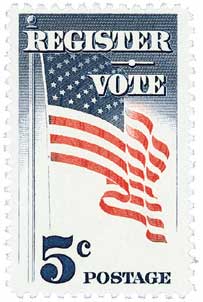
On February 26, 1869, the US Senate passed the 15th Amendment to the Constitution, giving people of all races and colors the right to vote. The Amendment would be ratified and become official US law a year later.
Following the issuance of Lincoln’s Emancipation Proclamation and the passage of the 13th Amendment that abolished slavery, Congress began to debate the rights of former slaves. Those African Americans would now be counted as citizens in the South, which would increase Southern power in the population-based House of Representatives. Northern Republicans hoped to decrease the South’s advantage by giving African Americans the right to vote.
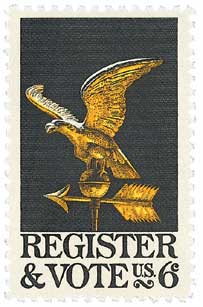
The first major step came with the passage of the Civil Rights Act of 1866, which guaranteed citizenship regardless of race, color, or previous slavery or involuntary servitude. Though President Andrew Johnson had vetoed the bill, Congress got enough votes to override his veto, the first time this ever happened in US history. To ensure that this law was enacted, Congress also proposed the 14th Amendment, which was passed in 1868.
Under these new laws, African Americans were allowed to vote, but little was done to enforce or encourage that. Some states still did not allow them to vote, and in many cases, Union Army soldiers needed to be present to protect them.
Then in 1869, Republicans in Congress were in a lame-duck session (meeting after the Democrats were elected but before their term began) and sought to pass an amendment to protect black suffrage. During that session, several different proposals were submitted and rejected. Ultimately, a House and Senate conference committee submitted a proposal banning voter restriction based on “race, color, or previous condition of servitude.” It didn’t mention poll taxes or the right of African Americans to hold office in the hopes of gaining wider support.
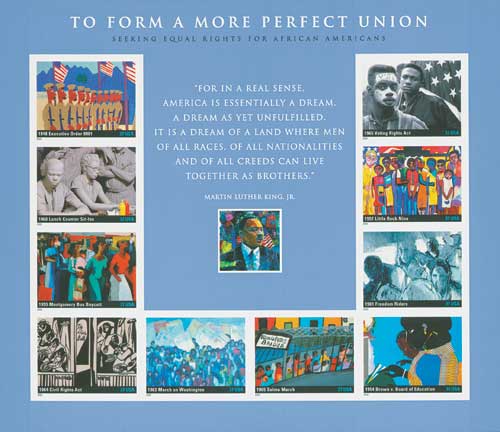
The House approved the bill on February 25 in a vote of 144 to 44, with 35 not voting. The Senate passed it the following day with a vote of 39 to 13. After that, it was sent to the states for ratification. Ratification would be a long, hard fight. One of the groups that opposed it was women’s suffragists. They had long supported black suffrage, as well as their own, but the 14th Amendment had specifically only granted rights to men, and the proposed 15th Amendment only barred racial discrimination, but not gender discrimination.
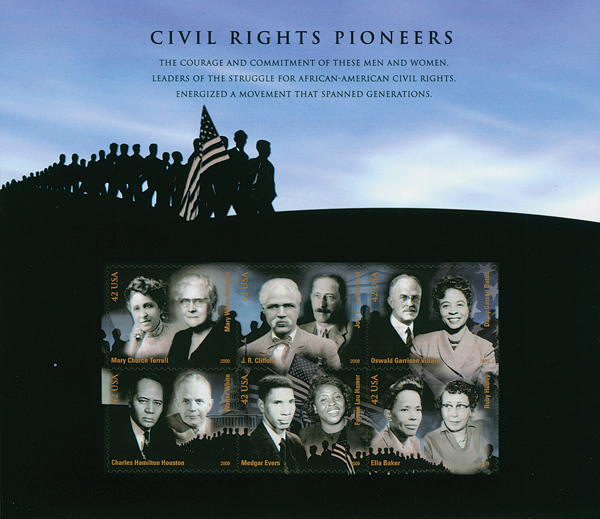
In spite of this opposition, Nevada became the first state to ratify the amendment on March 1, 1869. They were quickly followed by several New England and Midwest states, as well as some Southern states still controlled by reconstruction governments. President Ulysses S. Grant supported the amendment, saying it was “a measure of grander importance than any other one act of the kind from the foundation of our free government to the present day.” By February 1870, enough states ratified the amendment and it became law on March 30 of that year.
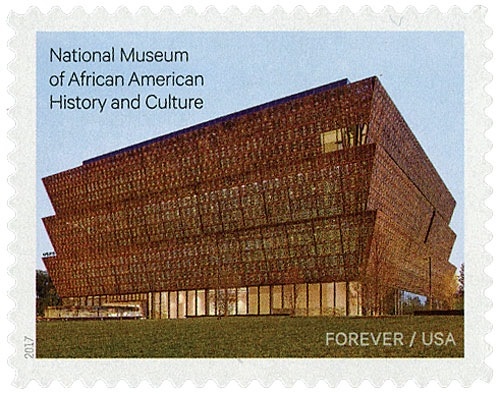
Many African Americans celebrated and disbanded their abolitionist societies, considering their work complete. Unfortunately, many voters in the South were still kept from voting through new state constitutions and laws that created poll taxes and discriminatory literacy tests. It would be nearly 100 years before African Americans could freely vote in the US with the passage of the Voting Rights Act of 1965. This Act granted federal oversight, outlawed literacy tests, and gave those affected by voting discrimination, legal aid.
City: New York, NY
• Mary White Ovington – Co-founded the NAACP. (1909)
• J.R. Clifford – Won the nation’s first court case declaring racial discrimination illegal. (1898)
• Joel Elias Spingarn – Introduced the Spingarn medal – for outstanding achievement by an African American. (1913)
• Oswald Garrison Villard – Used his newspapers to call the first meeting of the NAACP. (1909)
• Daisy Gatson Bates – Led the “Little Rock Nine” to de-segregating their Arkansas high school. (1957)
• Charles Hamilton Houston – Involved in almost every Supreme Court Civil Rights case between 1930 and 1954.
• Walter White – Used his fair skin, blond hair and blue eyes to “pass” as a Caucasian and covertly investigate 41 lynchings.
• Medgar Evers – Became a martyr of the civil rights movement after he was fatally shot in his own driveway in 1963.
• Fannie Lou Hamer – Fought for African American delegates to be included at the 1968 Democratic National Convention.
• Ella Baker – Established a network of activists that vastly increased membership in the NAACP.
• Ruby Hurley – Went undercover to investigate several lynchings throughout the South.
Creation Of The 15th Amendment

On February 26, 1869, the US Senate passed the 15th Amendment to the Constitution, giving people of all races and colors the right to vote. The Amendment would be ratified and become official US law a year later.
Following the issuance of Lincoln’s Emancipation Proclamation and the passage of the 13th Amendment that abolished slavery, Congress began to debate the rights of former slaves. Those African Americans would now be counted as citizens in the South, which would increase Southern power in the population-based House of Representatives. Northern Republicans hoped to decrease the South’s advantage by giving African Americans the right to vote.

The first major step came with the passage of the Civil Rights Act of 1866, which guaranteed citizenship regardless of race, color, or previous slavery or involuntary servitude. Though President Andrew Johnson had vetoed the bill, Congress got enough votes to override his veto, the first time this ever happened in US history. To ensure that this law was enacted, Congress also proposed the 14th Amendment, which was passed in 1868.
Under these new laws, African Americans were allowed to vote, but little was done to enforce or encourage that. Some states still did not allow them to vote, and in many cases, Union Army soldiers needed to be present to protect them.
Then in 1869, Republicans in Congress were in a lame-duck session (meeting after the Democrats were elected but before their term began) and sought to pass an amendment to protect black suffrage. During that session, several different proposals were submitted and rejected. Ultimately, a House and Senate conference committee submitted a proposal banning voter restriction based on “race, color, or previous condition of servitude.” It didn’t mention poll taxes or the right of African Americans to hold office in the hopes of gaining wider support.

The House approved the bill on February 25 in a vote of 144 to 44, with 35 not voting. The Senate passed it the following day with a vote of 39 to 13. After that, it was sent to the states for ratification. Ratification would be a long, hard fight. One of the groups that opposed it was women’s suffragists. They had long supported black suffrage, as well as their own, but the 14th Amendment had specifically only granted rights to men, and the proposed 15th Amendment only barred racial discrimination, but not gender discrimination.

In spite of this opposition, Nevada became the first state to ratify the amendment on March 1, 1869. They were quickly followed by several New England and Midwest states, as well as some Southern states still controlled by reconstruction governments. President Ulysses S. Grant supported the amendment, saying it was “a measure of grander importance than any other one act of the kind from the foundation of our free government to the present day.” By February 1870, enough states ratified the amendment and it became law on March 30 of that year.

Many African Americans celebrated and disbanded their abolitionist societies, considering their work complete. Unfortunately, many voters in the South were still kept from voting through new state constitutions and laws that created poll taxes and discriminatory literacy tests. It would be nearly 100 years before African Americans could freely vote in the US with the passage of the Voting Rights Act of 1965. This Act granted federal oversight, outlawed literacy tests, and gave those affected by voting discrimination, legal aid.














